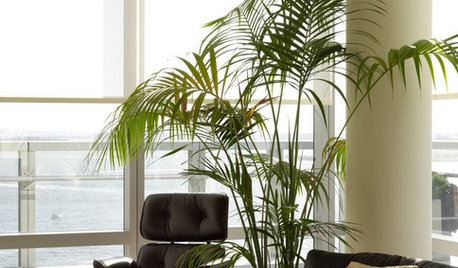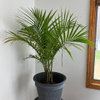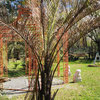Question on a Cycas Revoluta
passion_for_flowers
16 years ago
Related Stories

DECORATING GUIDESPalm Trees Take Interiors on a Tropical Vacation
Conjure a sultry vibe or bring welcome life to modern rooms. Whatever your interior design style, palm trees are the ticket to enhancing it
Full StorySponsored
Columbus Design-Build, Kitchen & Bath Remodeling, Historic Renovations






david_
knnn
Related Discussions
Lighting a Cycas revoluta
Q
Cycas revoluta - turns yellow + white pests
Q
Cycas Revoluta leaves turning yellow
Q
Is my Cycas revoluta pup rotten ?
Q
knnn
cycadjungle
cycadjungle
knnn
passion_for_flowersOriginal Author
xerophyte NYC
Dave in NoVA • N. Virginia • zone 7A
topher2006
passion_for_flowersOriginal Author
xerophyte NYC
passion_for_flowersOriginal Author
xerophyte NYC
Dave in NoVA • N. Virginia • zone 7A
islandbreeze
birdsnblooms
Dave in NoVA • N. Virginia • zone 7A
xerophyte NYC
Dave in NoVA • N. Virginia • zone 7A
xerophyte NYC
birdsnblooms
xerophyte NYC
Dave in NoVA • N. Virginia • zone 7A
xerophyte NYC
Dave in NoVA • N. Virginia • zone 7A